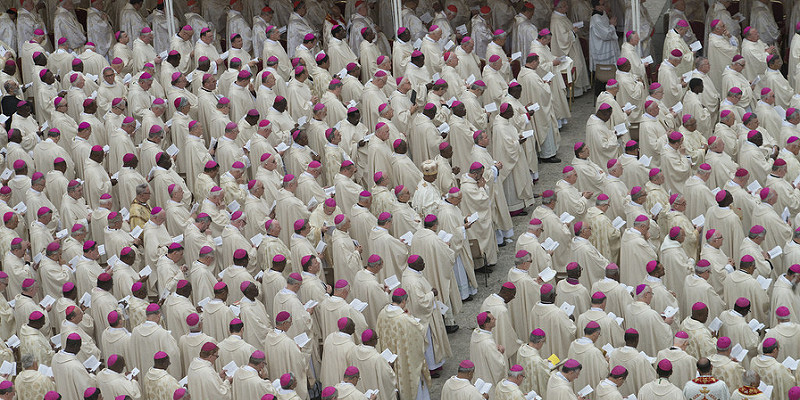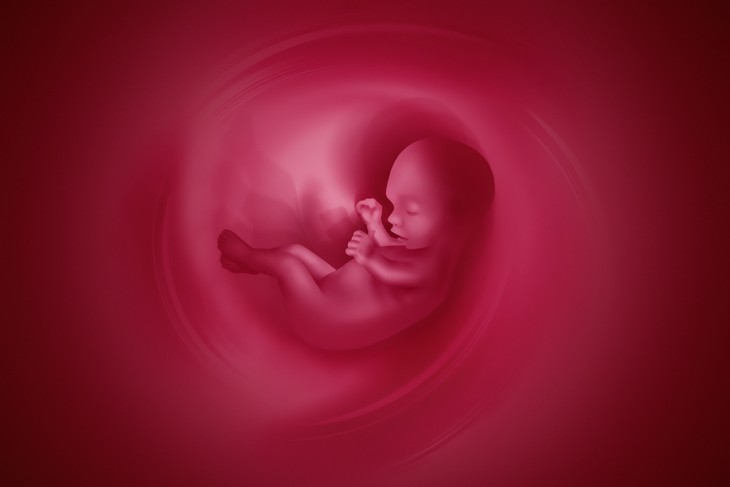By Paul Stark
In one Seinfeld episode, the character of Kramer argues with a restaurant owner, Poppie, about when a pizza becomes a pizza.
“It’s not a pizza ’til it comes out of the oven,” exclaims Kramer.
“It’s a pizza the moment you put your fists in the dough,” counters Poppie.
Sound familiar? This exchange takes place, not coincidentally, in an abortion-themed episode, and it’s meant to be silly. But it actually provides some insight into how people often view unborn children.
Think about pizza. Pizza is an artifact. It might sound strange to call it that, but an artifact is simply a constructed object, or a collection of parts we have put together in a particular way. We build a pizza step by step. At what point in that process do we call it “pizza”? Probably not until at least most of the key elements are in place (like the crust, sauce, and cheese), and maybe not even until, as Kramer says, it comes out of the oven.
Contra Poppie, no one thinks a pizza is there from the beginning.
As that Seinfeld episode hints, some people think of human prenatal development in the same way they think of the building of a pizza. Human embryos and fetuses, according to this view, are like artifacts constructed part by part.
When is an embryo “complete” enough to be considered one of us? Maybe when she has a heart and a brain. Or when she resembles an infant in her appearance, with identifiable arms and legs, eyes and ears. Or when she is conscious and self-aware. Definitely not, though, when she is a single cell at conception.
In a New York Times op-ed, sociologist Dalton Conley writes that “most Americans … see a fetus as an individual under construction.” In Slate, Elissa Strauss claims that human beings undergo a “gradual passage to personhood,” which is “a long, complicated, and often messy experience.”
Unborn children just aren’t quite the same kind of being that we are – not yet. They are still under construction. And that makes it hard to think they have the same rights or deserve the same moral consideration.
If this view of young humans were right, it would raise troubling questions. Who gets to say when an embryo or fetus becomes one of us? Is an infant one of us? What about a disabled person lacking ordinary human abilities? When we lose some of our faculties, are we no longer who we were? Are the more developed or more able-bodied or more “normal-looking” people more “human” than the rest? If human beings are like artifacts, then the answer is probably yes.
But here’s the problem: Human beings – indeed, all living things – aren’t like that at all. Whereas artifacts are constructed, living things develop. Whereas artifacts are put together piece by piece from the outside, living things direct themselves from within. Whereas artifacts don’t become themselves (they aren’t “complete”) until at least most of the parts are in place, living things are themselves from the very beginning, actively unfolding the capacities they already have because of the kind of being they are.
Empirical science makes this distinction clear. “The embryo is not something that is being passively built by the process of development, with some unspecified, external ‘builder’ controlling the assembly of embryonic components,” notes the embryologist Maureen L. Condic, a professor at the University of Utah School of Medicine. “Rather, the embryo is manufacturing itself. The organized pattern of development doesn’t produce the embryo; it is produced by the embryo as a consequence of the zygote’s internal, self-organizing power.”
Pizzas don’t build themselves according to their own internal blueprint. But living things do that. More precisely, it’s not that living things build themselves – it’s that they are already themselves, and they grow and develop as such.
From the time she comes into existence, a human embryo or fetus is a human organism (human being). She is a self-integrated individual whose parts work together to develop and maintain the whole through the continuous stages of life – embryo, fetus, infant, toddler, child, adolescent, adult – as a member of our species. The single-celled embryo (zygote), as the embryology textbook The Developing Human puts it, “marks the beginning of each of us as a unique individual”.
Why do some people still treat unborn children, at least the youngest ones, like partially-constructed objects? Looks can be deceiving. Early embryos are (currently) small and unable to perform the cognitive functions we can. Even though a five-day-old embryo is radically different from an amorphous clump of cells, the two may look the same to us. Our imagination limits us.
When we gaze backwards, though, we can better see embryos for what they really are. “We may doubt that a new sprout, or even a barren vine, is really a tomato plant, but once it bears tomatoes, we know that it was always a tomato plant,” observes Prof. Richard Stith of Valparaiso University. “We may doubt that embryos are persons, but as we look back upon ourselves or upon our neighbors, we recognize that we and they were all once embryos.”
Human beings are not like pizza. Each of us began life as a tiny embryo, and each tiny embryo will, if all goes well, grow up just like we did. Every embryo now is what we all once were. We share the same nature. We are human beings.
“An embryo in a photograph may at first seem no more than a grain of sand,” says Prof. Stith, “but if that embryo snapshot had been taken twenty years ago, just after our friend Mary was conceived in vitro, we may well exclaim, ‘Look, Mary. That’s you!’”
This article has been reprinted with permission and can be found at mercatornet.com/unborn-children-arent-constructed-they-develop/73181.


